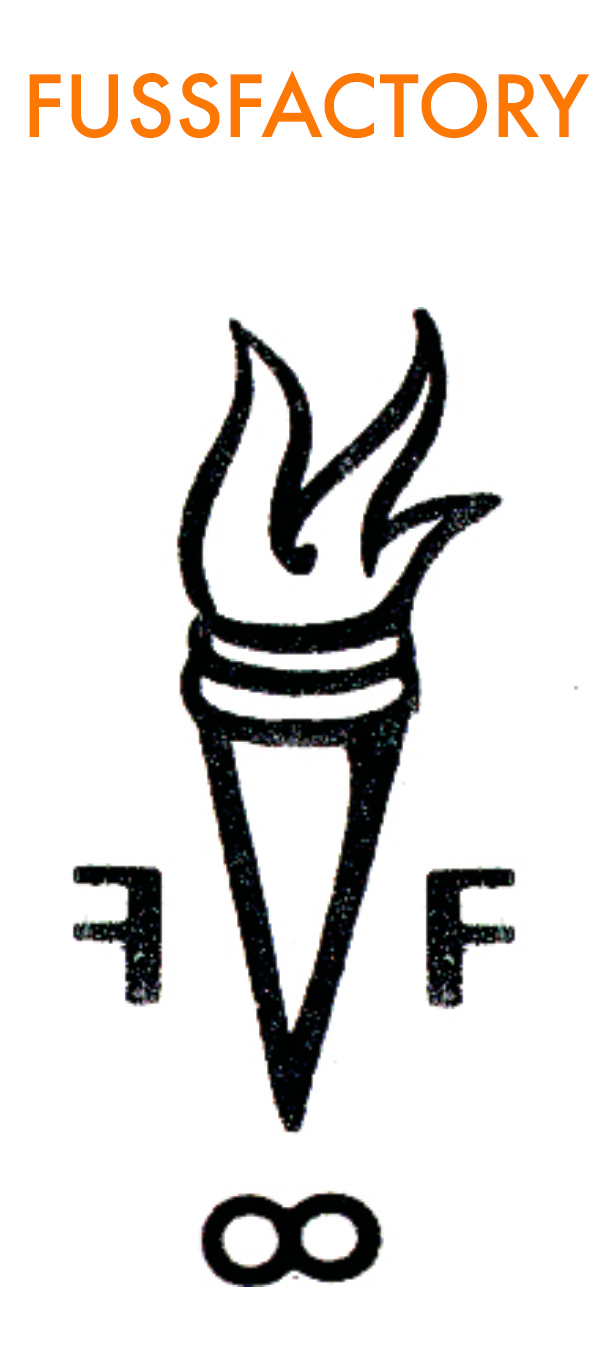#sparkchamber 042522 — Charles Francis Richter
Underlying #sparkchamber is the idea of creativity — not just in the arena of art-making in all its many forms — but in the biggest, broadest, most expansive sense. Creativity is imagination, ingenuity, resourcefulness that sparks in everyone, in everything they do. How we get through each day may feel rote, like auto-pilot … but there’s always something outside the expected. Traffic. Weather. Pop quiz. The thing you need is broken. The thing you thought you had isn’t where you thought you put it. The clock is ticking, something has to happen, and you aren’t prepared. Now what?
That improvisation in the moment, building on what you know, connecting the dots in real time to figure out the way forward is pure creativity. And it is in that spirit that we celebrate Richter Scale Day, occurring annually on April 26 in honor of co-inventor Charles Francis Richter, born on that day in 1900.
Richter was born in Ohio and moved to California with his family at age 9. He attended Los Angeles High School, then Stanford University. He began work on his PhD in theoretical physics at the California Institute of Technology but became fascinated with seismology — the study of earthquakes and the waves they produce in the earth. Heeding the call of that curiosity, he changed course, taking a position at the institute’s new Seismological Laboratory in Pasadena under the direction of Beno Gutenberg.
One of the intentions of the lab was to publish regular reports on earthquake activity in southern California. But how do you describe an earthquake in meaningful terms beyond what is qualitatively obvious: some earthquakes are small, and others are large. [Time to get creative!]
With Gutenberg, the pair developed a seismograph that recorded the displacement of earth by seismic waves. And they developed a logarithmic scale to measure the intensity of that displacement. Presented in 1935, this scale came to be known as the Richter Scale — Gutenberg had an aversion to interviews, so despite his substantial contribution, Richter alone is the namesake.
Inspired by Richter’s childhood interest in astronomy, the Richter Scale was modeled on the stellar magnitude scale used by astronomers to quantify the amount of light — luminosity — emitted by stars. Richter and Gutenberg substituted measurements of the amount of ground vibration, as measured by a seismograph, for measurements of luminosity. It’s quite genius, really. Stellar magnitude is not a measure of the physical size of a star — that would be measured in diameter — but rather in the amount of light it emits. Similarly, seismic magnitude is not a measure of the physical size of the slippage along a fault line during an earthquake — that would be measured in area — but rather of the amount of vibration that it emits.
And it worked! For a long time! It was not until the mid-1960’s that seismologists had a complete enough understanding of how a slip along a fault line produced vibration to necessitate a more refined measurement system — the current system, called the Moment Magnitude Scale [MMS], came into usage in 1970. But the equations calculated by Richter and Gutenberg are still used today for forecasting future earthquakes and assessing earthquake hazards.
Necessity may be the mother of invention, but creativity is the conductor. Listen closely, and follow the music of your heart.
1.] Where do ideas come from?
Usually one gets what one expects, but very rarely in the way one expected it.
2.] What is the itch you are scratching?
Don’t wait for extraordinary circumstances to do good; try to use ordinary situations
3.] Early bird or night owl? Tortoise or hare?
The laboratory routine, which involves a great deal of measurement, filing, and tabulation, is either my lifeline or my chief handicap, I hardly know which.
4.] How do you know when you are done?
The most remarkable feature about the magnitude scale was that it worked at all, and that it could be extended on a worldwide basis. It was originally envisaged as a rather rough-and-ready procedure by which we could grade earthquakes. We would have been happy if we could have assigned just three categories, large, medium, and small; the point is, we wanted to avoid personal judgments. It actually turned out to be quite a finely tuned scale.


